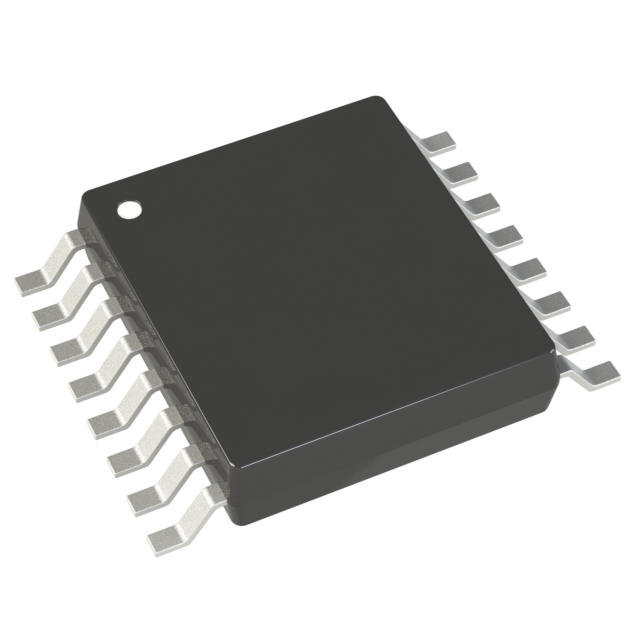| EP4SGX230KF40C2G |
| EP2SGX130GF1508C3 |
| EP2AGX125DF25C4G |
| When developing customers for this series, which product customers should we look for? |
-Original content, please do not reprint.
In June 2013, Altera reached an agreement with Intel to use Intel's 14nanometre FinFET process. From that moment on, Altera Stratix 10 was destined to be born, utilizing Intel's 14nanometre tri-gate process and enhanced architecture. At that time, Stratix 10 had twice the core performance of other FPGAs while saving up to 70% of power consumption.

Today let’s talk about the naming rules of the Stratix series? The model naming of this series is composed of the following sections:
•Family series Component density ,Component type, Number of transceivers, Package type Number of pins. Since it also includes the number of BGA plants, in order to solve most of the naming in one table, I compiled them together. Temperature Speed Packaging information.
EP4SGX230KF40C2G
Next, take a model set and analyze it. EP4SGX is a family series, representing the fourth generation Stratix transceiver. 230 represents the component density of 230. K represents the transceiver count, which corresponds to 36. F represents the package type FBGA, and 40 represents the pin. Pay attention to the quantity here. Instead of a 40-pin BGA, there are 1517 pins, which is what we electronic people often call plants. C represents commercial temperature 0 to 85℃, 2 represents speed grade, G represents RoHS6 compliance.

EP2SGX130GF1508C3
Let’s take another look at EP2SG. EP2SGX is a family series, representing the second generation Stratix transceiver. 130 represents the device type 130, G represents the transceiver count, which corresponds to 20, F is the package type FBGA, and 1508 is the number of pins, that is Typing people like to understand that there are 1508 beads in the bit, C is the commercial temperature from 0 to 85°C, 3 is the speed level, and the last is an optional suffix, mostly with N, which means lead-free.

EP2AGX125DF25C4G
Let's get through it one more quickly , EP2AGX is a family series with a component density of 125, D represents the transceiver count, F represents the package type FBGA, 25 represents the number of pins 572 pins, C represents the commercial temperature 0 to 85℃, 4 represents the speed grade, and G represents RoHS6 compliance.

When developing customers for this series, which product customers should we look for?
Customers who want to develop this series must understand what types of products it is applied to.The ALTERA STRATix series focuses on high-performance applications in radio signal receiving equipment, optical tester products, high-performance computing, next-generation base stations, network infrastructure, and imaging equipment, etc.








